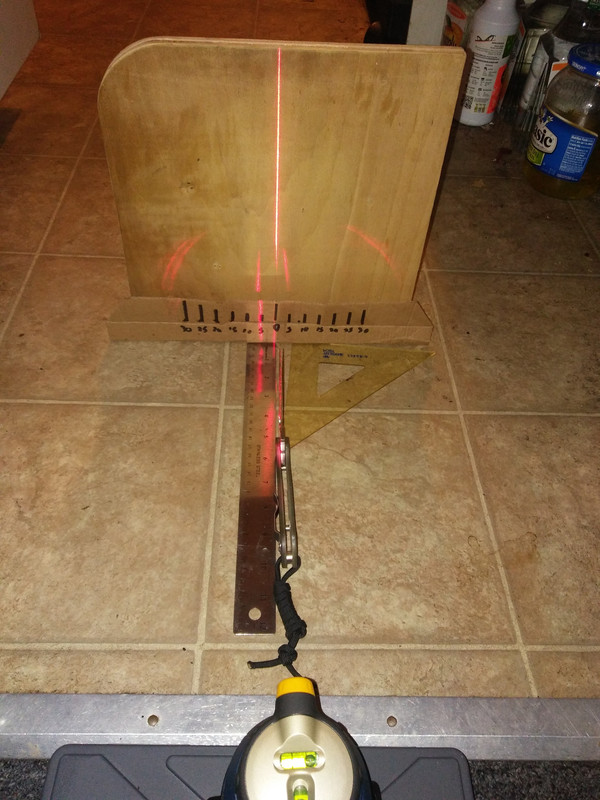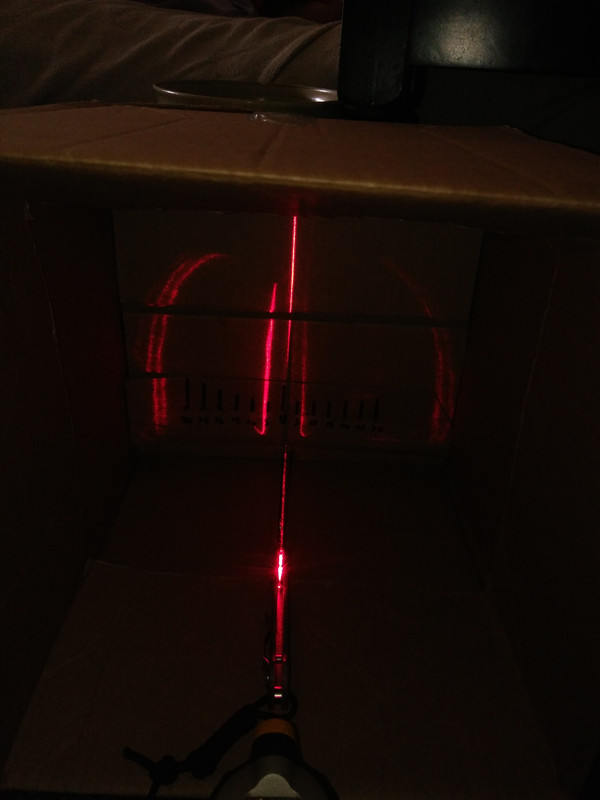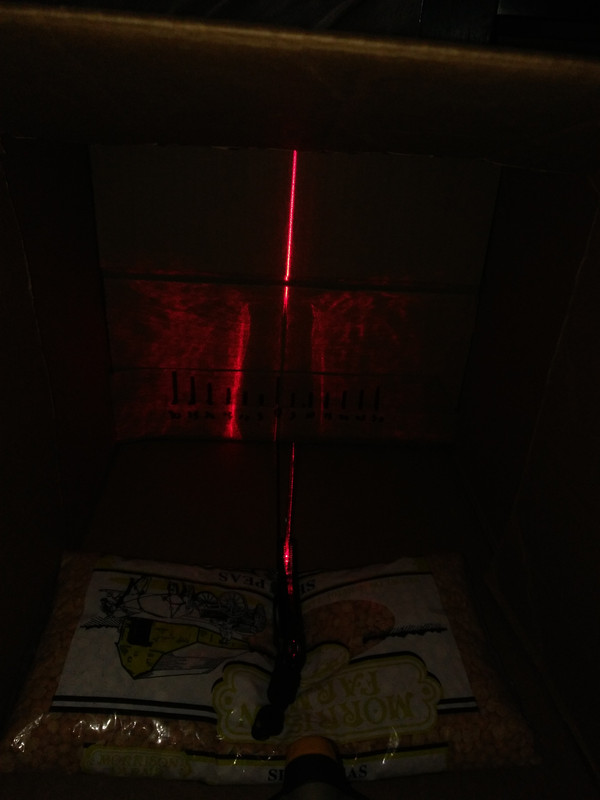I often read posts about knife edge bevel angles and would like to know what mine are (I freehand sharpen) without buying an expensive measuring device or getting into complicated procedures or calculations. I've seen inexpensive devices, such as small circular bevel gauges with cut-out angles around the edge, but I'm not sure how well they work for knives. They seem to be for woodworking tools such as chisels rather than relatively tiny knife edge bevels.
If it's not possible to do this without spending big bucks or a lot of time I'm good with that, just don't want to continue looking for something that may not exist. I did some searches but couldn't find much relevant. If there is an existing thread regarding this subject I'd appreciate the link.
Thank you...
If it's not possible to do this without spending big bucks or a lot of time I'm good with that, just don't want to continue looking for something that may not exist. I did some searches but couldn't find much relevant. If there is an existing thread regarding this subject I'd appreciate the link.
Thank you...
Last edited:







